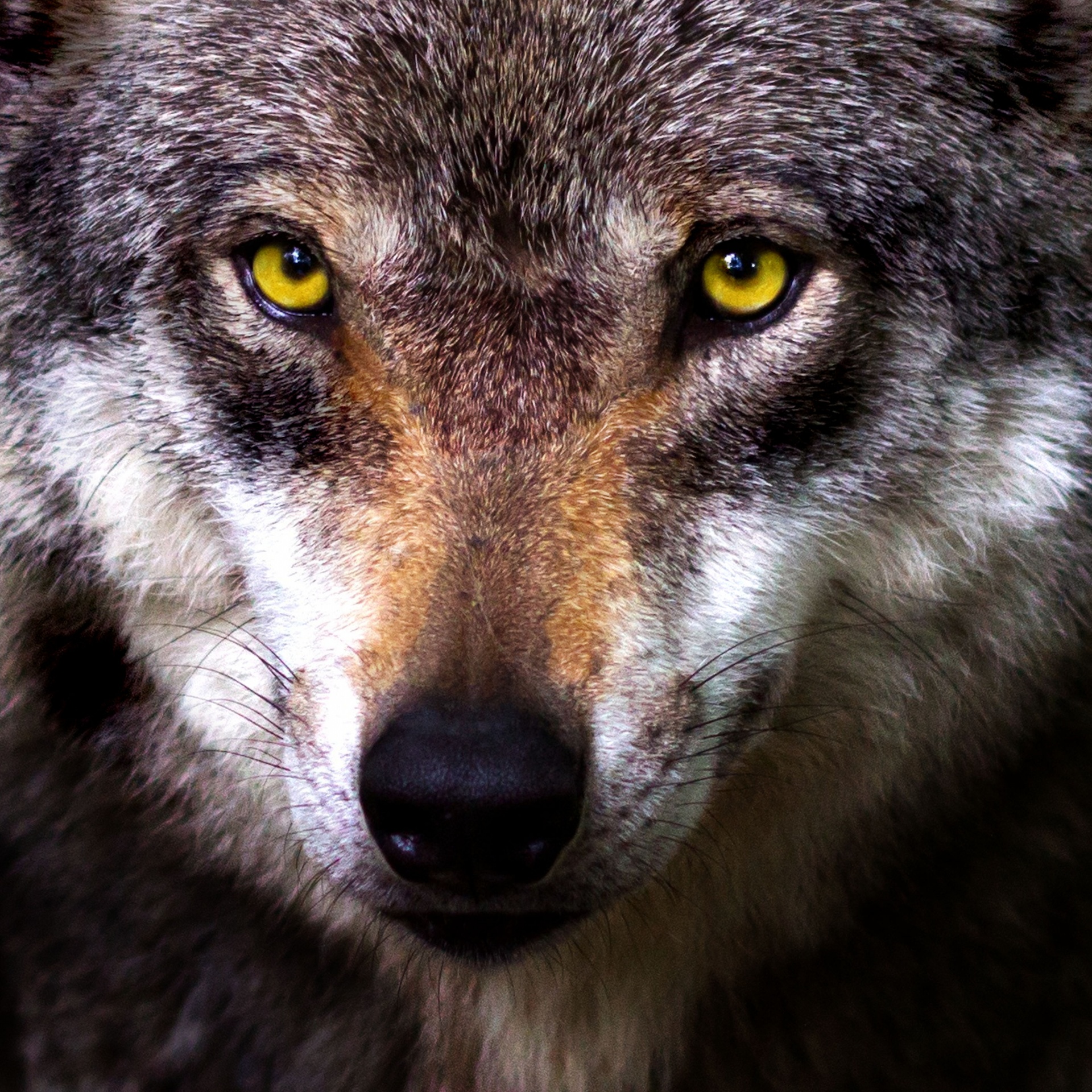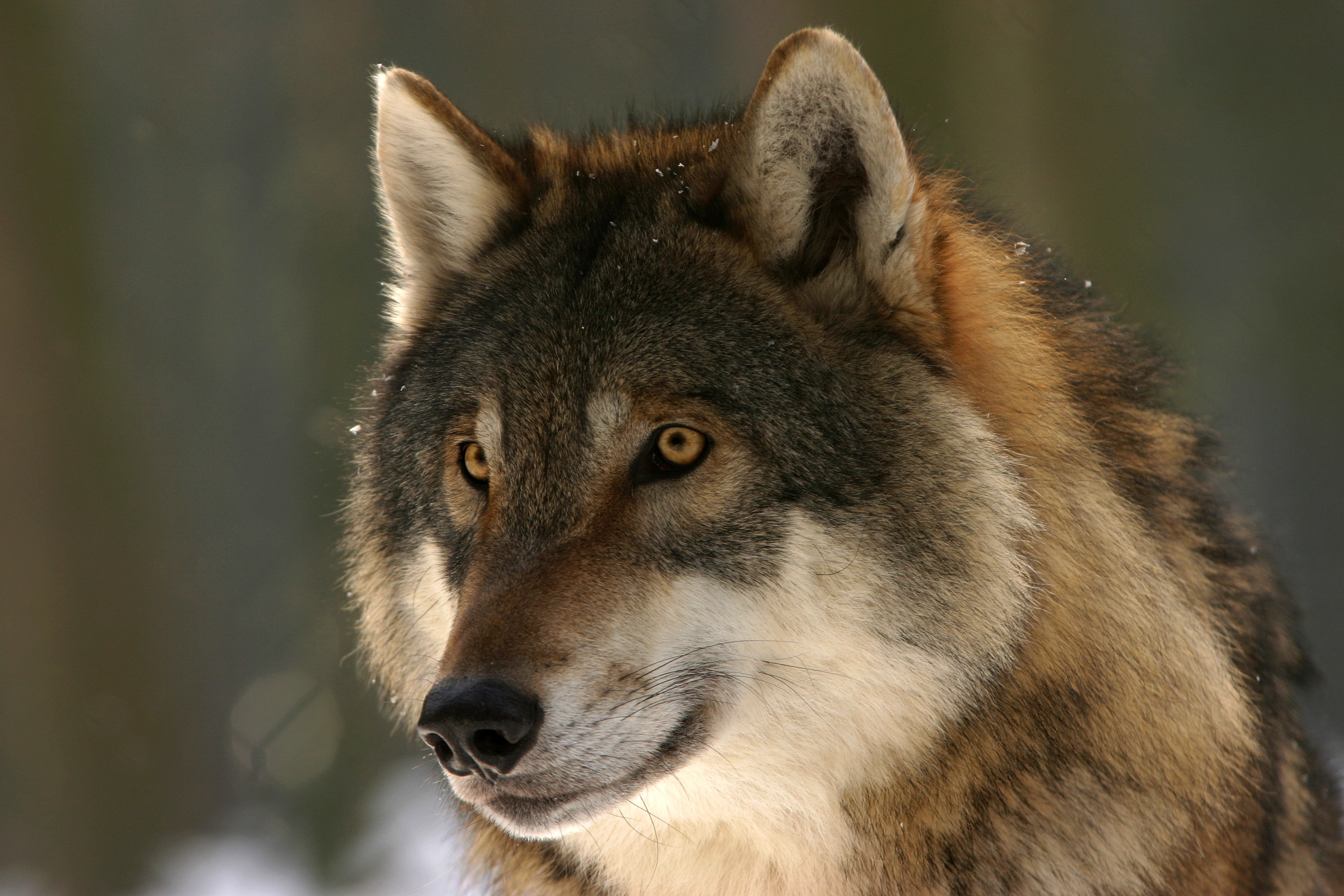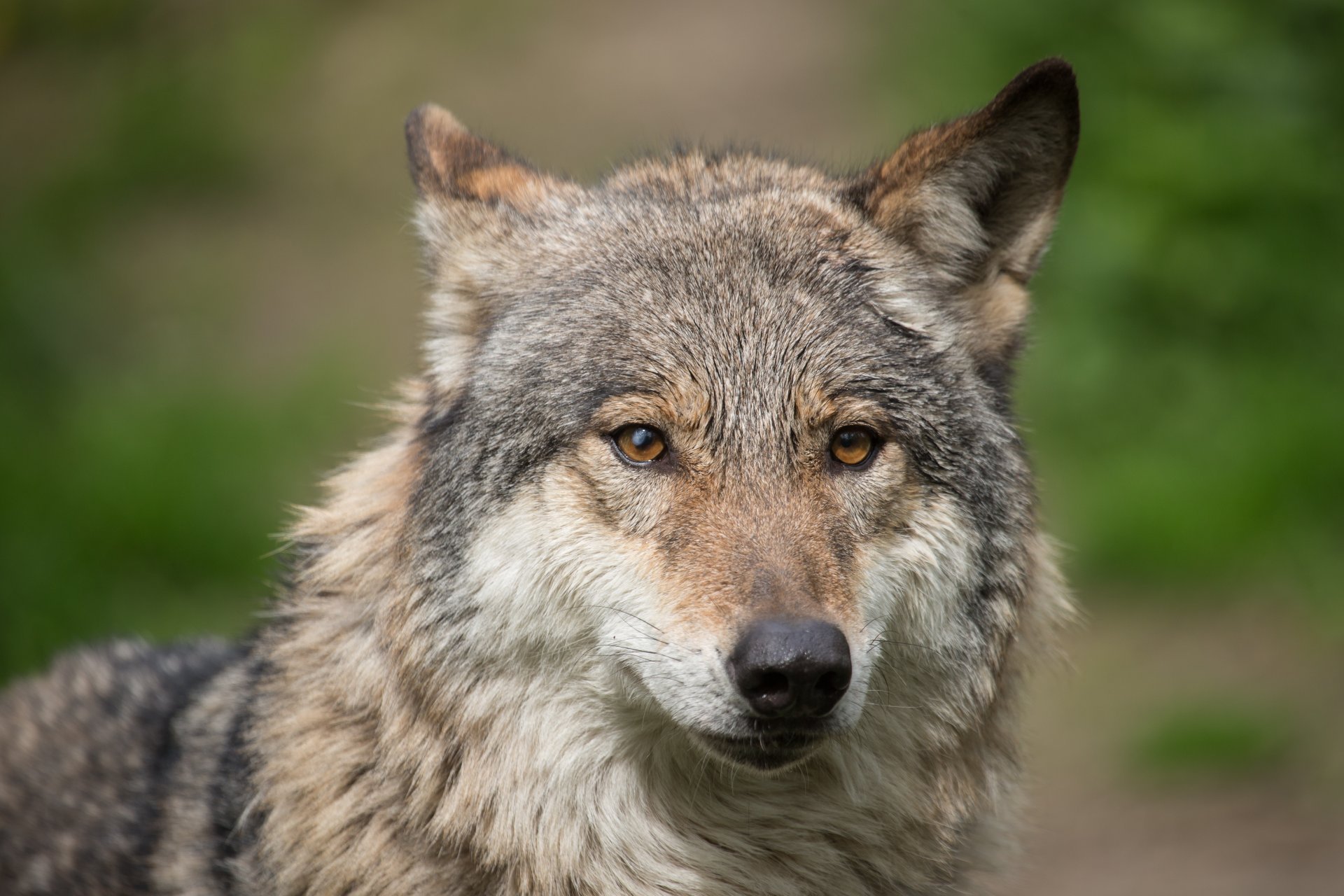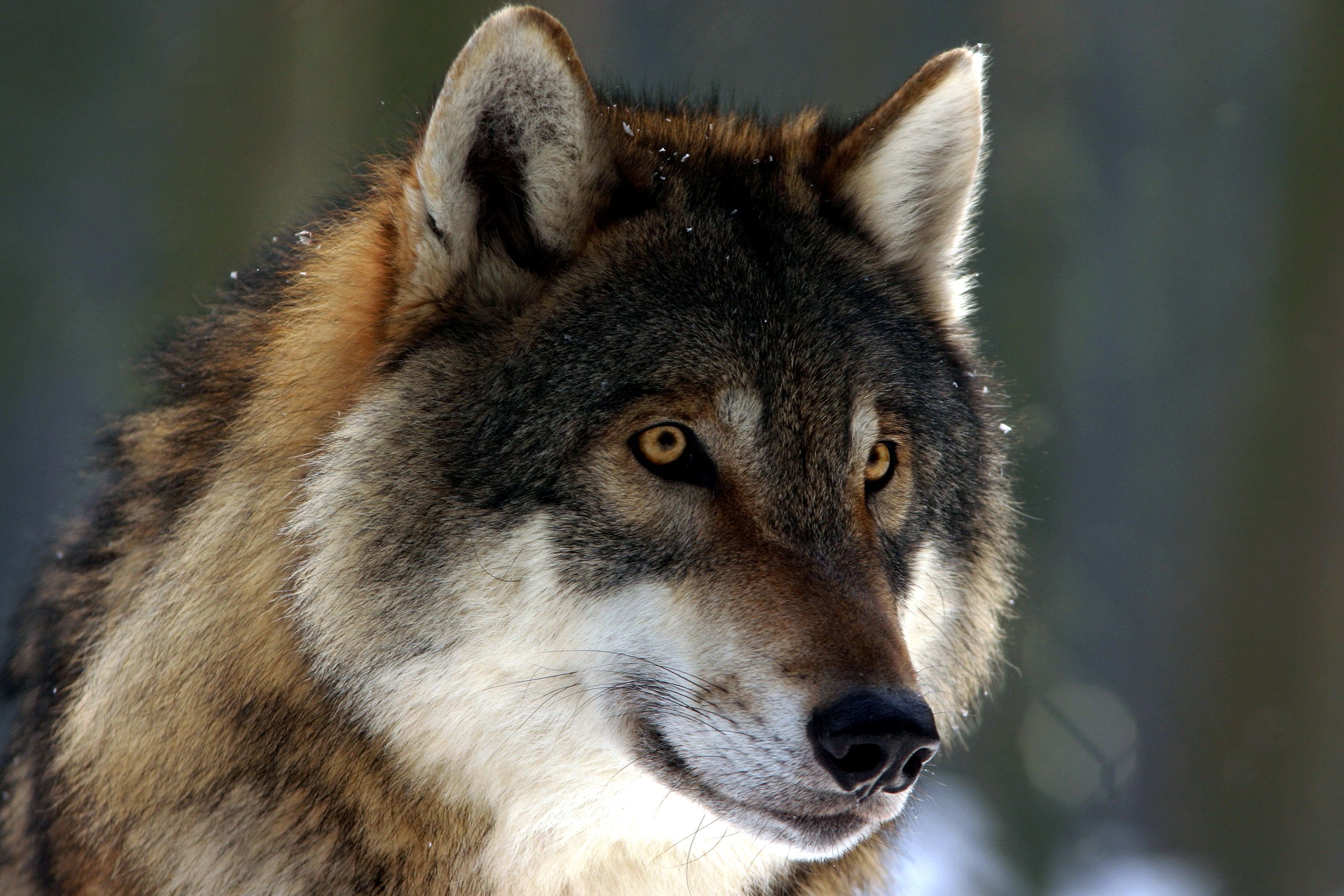
The Majestic Wolf
Wolves are fascinating creatures that have long captivated the human imagination. With their piercing eyes, powerful physique, and distinct facial features, the wolf face is truly a sight to behold. In this article, we will explore the various aspects of a wolf's face, from its unique characteristics to its significance in different cultures.
Anatomy of a Wolf's Face
The wolf's face is characterized by its strong jawline, sharp teeth, and keen eyesight. Their eyes, typically amber or yellow in color, are adapted for excellent night vision, allowing them to navigate their surroundings even in low light conditions. The shape of their face is streamlined, with a narrow snout and pointed ears that enhance their hearing abilities.

Expressions of the Wolf Face
Just like humans, wolves can display a wide range of facial expressions. Their faces can convey emotions such as aggression, submission, fear, or curiosity. The positioning of their ears and the movement of their lips and eyebrows play a significant role in expressing these emotions, allowing them to communicate with other members of their pack.

Symbolism of Wolf Faces
Wolves have held symbolic meanings in various cultures throughout history. In many Native American tribes, the wolf is seen as a powerful and wise animal, representing loyalty, strength, and intuition. The wolf's face is often depicted in tribal art, conveying these symbolic meanings and honoring their connection with nature.

Wolf Faces in Pop Culture
The wolf's face has also made its mark in popular culture, appearing in movies, literature, and artwork. From the iconic image of the wolf howling at the moon to werewolf legends, the wolf's face has become synonymous with mystery, wilderness, and untamed power.

Conservation Efforts for Wolves
Despite their cultural significance, wolves have faced challenges in the form of habitat loss and hunting. Many conservation organizations are working tirelessly to protect and preserve wolf populations around the world. By raising awareness about the importance of these majestic creatures, we can contribute to their conservation and ensure their survival for future generations.

Conclusion
The wolf face is a captivating and powerful symbol that has intrigued humans for centuries. Its distinct features, expressions, and cultural significance make it a fascinating subject of study. By understanding and appreciating the beauty of the wolf face, we can deepen our connection with nature and embrace the rich symbolism associated with these magnificent creatures.